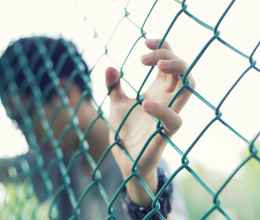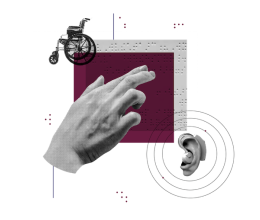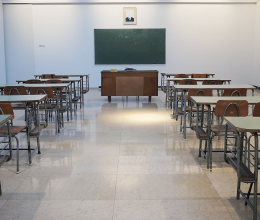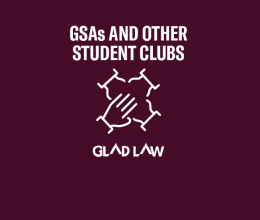Evidence has shown that most youth break the law, but only a few are locked up for it. About 66,500 adolescents (ages 10-17) live in Maine, but on any given day, only 70 to 90 are behind bars. So why do some kids get to go about their lives, while others are taken from their families and put behind bars?
A report released by the Maine Department of Corrections in January shows that more than three quarters of youth in their custody are there for low-level, non-felony offenses. 85 percent of them have three or more co-occurring mental health diagnoses, and 42 percent were sent directly from a residential treatment facility. Contrary to the claims of DHHS spokeswoman Samantha Edwards, the vast majority of kids incarcerated at Maine’s Long Creek Youth Development Center are not in prison merely “because they committed a crime.” They’re there because Maine has neglected to get them the services they need, and, in the words of Assistant District Attorney Christine Thibeault, “the only place that can’t refuse to take [them] is Long Creek.”
Multiple systems of government have failed the children who end up at Long Creek: the education system, the court system, and, of course, our health and social services system. The ACLU of Maine has talked a lot about the failures of the Maine Department of Health and Human Services (DHHS) here, here and here. But DHHS continues to deny that it has any part in the crisis at Long Creek, stymieing everyone else’s efforts to get kids the help they need.
While DHHS doesn’t seem to see a role for itself, we’ve come up with a short list of items that the department could undertake immediately:
- Fund community mental health options along a continuum of acuity so kids can get help in their own communities, at the level of care appropriate for their particular needs;
- Hold the residential care facilities licensed by DHHS accountable, so that the facilities stop calling the police for incidents that are a result of mental health or developmental skill deficits;
- And, for the kids who are currently locked up, find beds and services that are more developmentally and mentally appropriate for adolescents than prison.
These common-sense improvements – which fall well within the mission and responsibilities of DHHS – will go a long way toward ending the sentencing of kids with mental illness to time behind bars.







